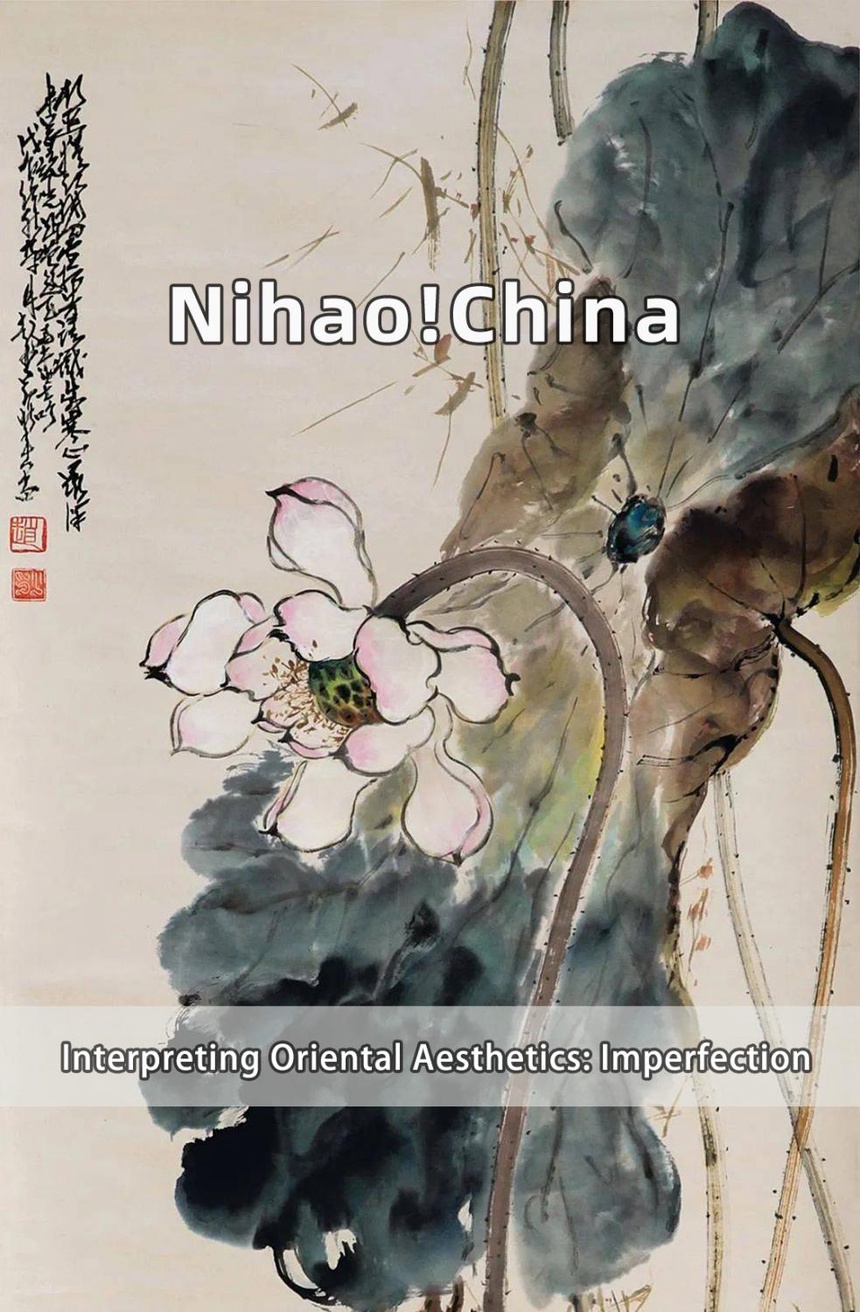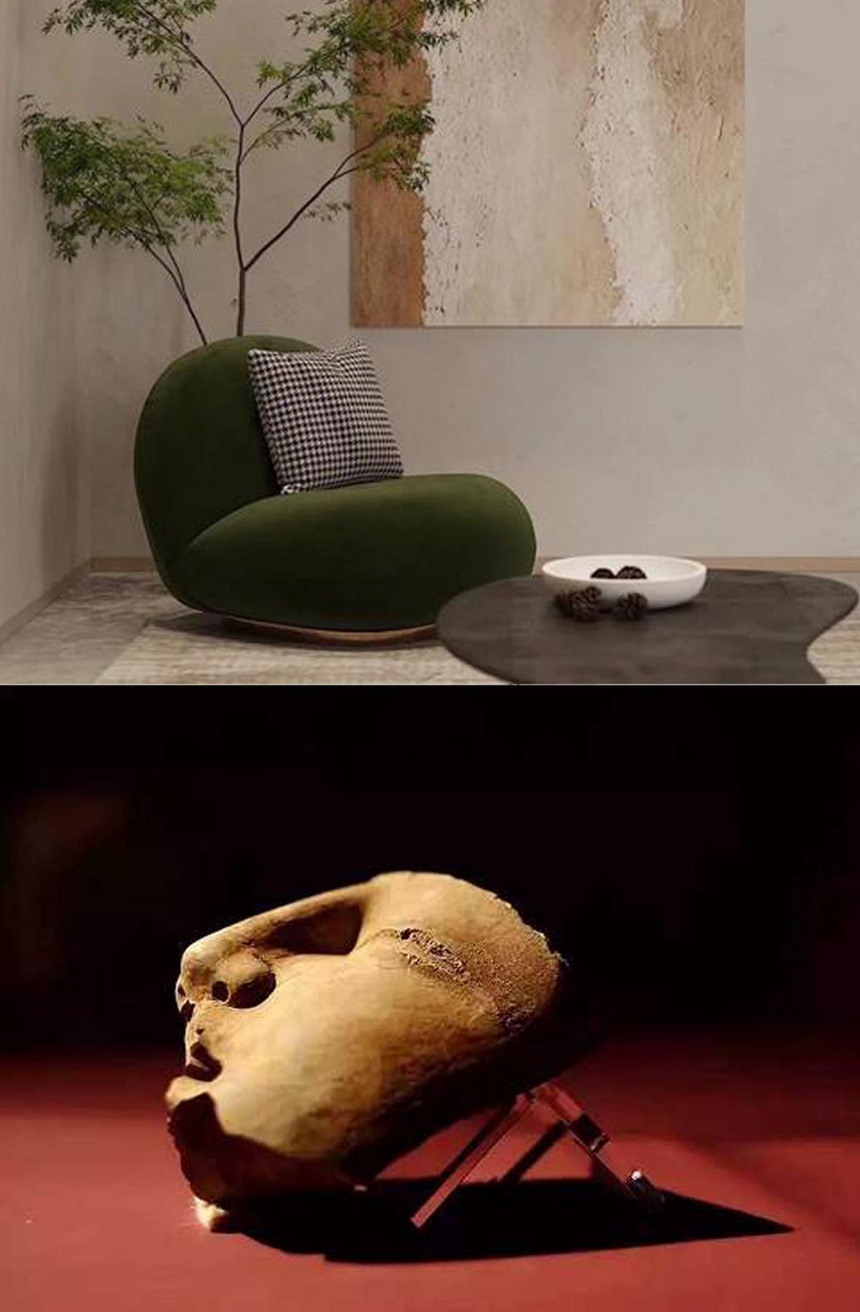 中传云资讯系统
中传云资讯系统【双语】你好!中国 | 解读东方美学:残缺

“残缺”美学源自佛教禅宗,被喻为“万物之禅”残缺之美诠释了佛教哲学与精神中的本源。南宋时期荣西和尚将禅宗从中国传入日本,日本人从禅宗文化中提炼出审美概念,形成了日本三大美学之一的佗寂美学(Wabi-Sabi)。
The aesthetic of "imperfection" originates from Zen Buddhism and is referred to as the "Zen of all things". The interpretation of the beauty of imperfection in Zen philosophy and spirituality is profound. During the Southern Song Dynasty, the monk Rongxi introduced Zen Buddhism from China to Japan. From Zen culture, the Japanese refined aesthetic concepts, giving rise to one of Japan's three major aesthetics, Wabi-Sabi.

世间万物本无完美,如同美本身,不完整的事物更有意义。残缺之美是沉思、宁静、谦逊和摒弃浮华,专注地投入,接纳不完整、不恒久,不寻求圆满,用心再创空间,方能感悟圆满之境。
Nothing in the world is perfect, and like beauty itself, incomplete things hold more meaning. The beauty of imperfection embodies contemplation, tranquility, humility, and the rejection of extravagance. It involves focused immersion, acceptance of incompleteness and impermanence, and the avoidance of seeking perfection. Only by deeply engaging and creating space with intention can one comprehend the state of perfection.

残缺之美,是一种高级的审美。残缺之美,是“超越完美的一种不完美”。以残为美、以静制动、以空代满的东方哲学,摒弃各种多余装饰,保留自然的残缺,崇尚自然直指本源。
The beauty of imperfection represents a sophisticated form of aesthetics. It transcends perfection with an imperfect essence. In Eastern philosophy, embracing imperfection, stillness over motion, and emptiness over fullness, involves discarding all unnecessary embellishments, preserving natural imperfections, and venerating nature's directness to the source.